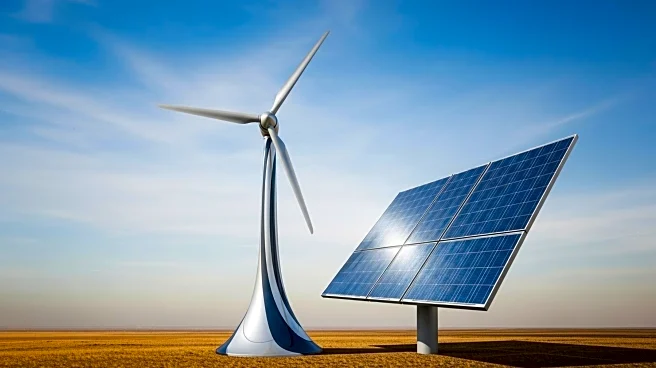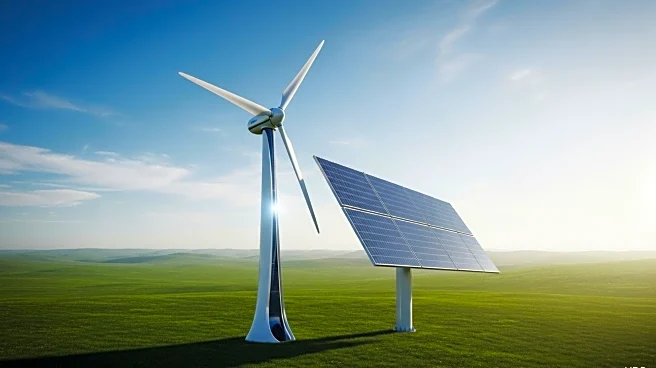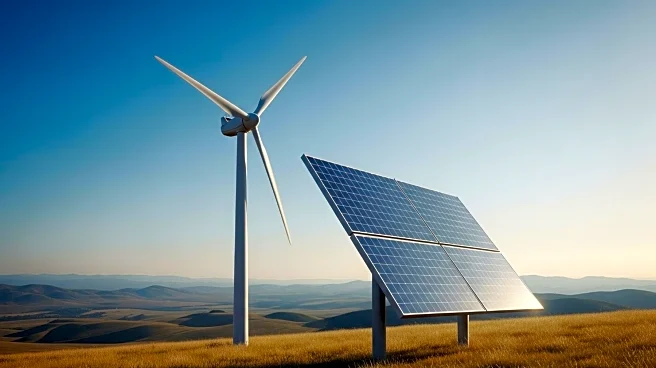What's Happening?
The carbon capture, utilization, and storage (CCUS) market is experiencing significant growth as global efforts to achieve net-zero carbon emissions intensify. According to a study by Persistence Market Research, the market is expected to expand from $2.7 billion in 2023 to $6.6 billion by 2030, reflecting a compound annual growth rate (CAGR) of 13.2%. CCUS technologies are designed to capture carbon dioxide emissions from industrial processes or directly from the atmosphere, with the captured CO2 either reused in various applications or stored underground. This approach is crucial for bridging current energy needs with future sustainability goals. The urgency to limit global warming to below 1.5°C, as outlined in the Paris Agreement, has placed CCUS at the forefront of climate innovation, with governments, industries, and energy companies investing heavily in large-scale capture projects and CO2 utilization technologies.
Why It's Important?
The expansion of the CCUS market is pivotal in addressing climate change challenges, particularly in sectors where carbon reduction is difficult, such as energy, cement, steel, and chemical production. The integration of CCUS with renewable energy and hydrogen production is creating new opportunities for low-carbon alternatives, such as blue hydrogen. Additionally, advancements in carbon utilization technologies are transforming CO2 from a waste product into a marketable resource, opening new avenues for economic growth while reducing environmental impact. The market's growth is driven by strict emission regulations, carbon pricing mechanisms, and subsidies for low-carbon technologies, encouraging both public and private sectors to invest in carbon capture solutions.
What's Next?
The CCUS market is poised for further expansion as technological innovations continue to improve capture efficiency, reduce costs, and enhance storage safety. Governments in North America, Europe, and the Middle East are funding the development of shared CO2 hubs, which link multiple emitters to centralized storage or utilization sites, reducing costs and enhancing collaboration across industries. The synergy between CCUS and renewable energy offers promising opportunities for net-negative emissions, essential for reversing climate change. As industries embrace sustainability and policymakers strengthen their commitments, CCUS is set to become a cornerstone of global decarbonization efforts.
Beyond the Headlines
Despite the promising outlook, the CCUS market faces challenges such as high operational and capital costs, regulatory uncertainties, and public skepticism about long-term CO2 storage safety. Addressing these challenges through supportive policies, technological innovation, and stakeholder engagement will be critical for sustained growth. The emergence of carbon trading markets and the focus on carbon neutrality across industries are fostering favorable conditions for investment, with governments increasingly recognizing CCUS as a viable pathway to meet emission reduction targets while maintaining energy security.










